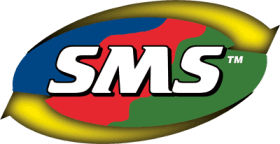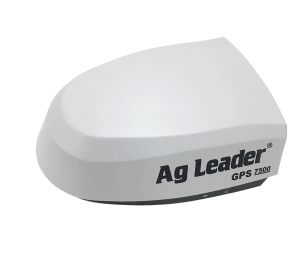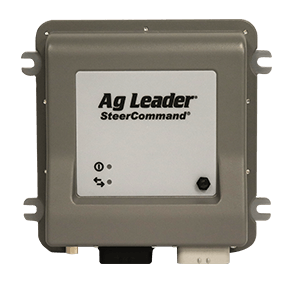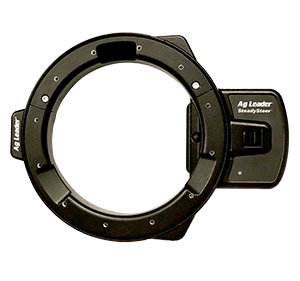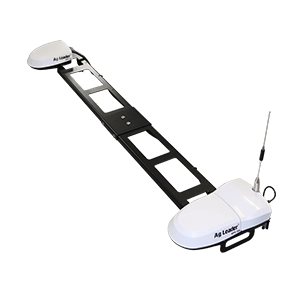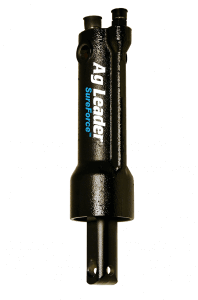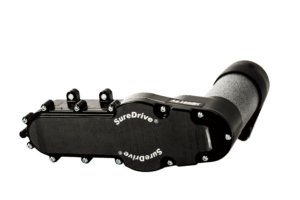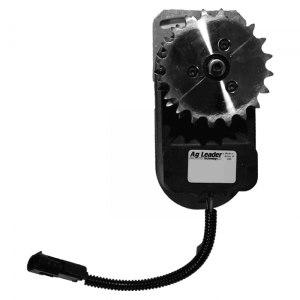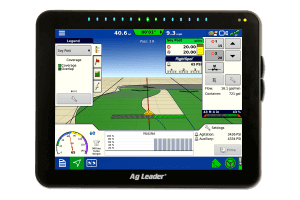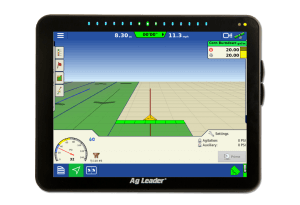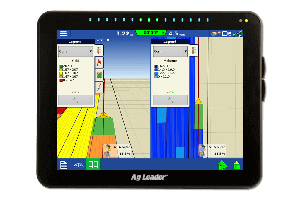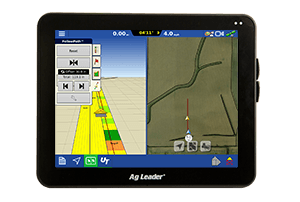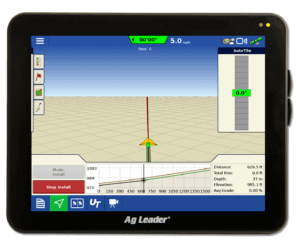The trade show…are they different around the world?
The trade show has been a staple in the agricultural industry for over a century. The popularity of these shows has grown over the years to the point that there is a show in every state along with large national and international shows. Agricultural trade shows generally cover a wide range of agricultural products for a particular region but some focus on specific crops, equipment or technology. No matter the type of show they all provide the grower with an opportunity to see the latest products as well as speak with representatives of the companies offering the products.
In several of the past international blog posts both Paul Rose and I have written about a few of the trade shows we have attended overseas. While international agricultural shows are very similar to those in North America there are some major differences. In North America most growers who attend trade shows are there to look at the new equipment and ask questions about how it works and the benefits it can provide to their operation. It is a good chance to “kick some tires” and collect information, very few purchases are actually made at the show. In contrast there are a lot of purchases made at trade shows in Brazil. Growers purchase everything from precision farming equipment to inputs to tractors at the show. The large OEMs and input suppliers will even have finance offices at their booth to help growers complete their purchases on the spot.
Trade shows in Europe tend to be a more formal event than here in North America. While we stick with the more casual jeans and t-shirt approach (khakis and polo shirt for exhibitors) it is common for the Europeans to be in suits and ties, especially the exhibitors. European trade shows also tend to be more extravagant than shows in North America. The company booths are more elaborate with conference rooms for meetings and gathering areas with tables and chairs where wine, beer and food are served to the growers visiting the booth. Some of the exhibitors have stages in their booth where demonstrations are given complete with music, dancers and entertainers. These can be quite a production.
Another common aspect of the trade shows in Europe is the immense amout of business-to-business activity that takes place. While this happens at all trade shows it seems more of this takes place in Europe. For example, Agritechnica in Hannover, Germany is seven days long and the first two days of the show are “industry days”. During this time admittance is limited to industry people and invited guests for the purpose of business-to-business activities.
Australia and South Africa tend to have trade shows similar to the ones here in North America. They are more casual and focused on the grower. They provide the opportunity to meet one-on-one with company representatives and get live demos of equipment.
While each trade show is different they all provide growers a good opportunity to see the latest products and get their questions answered directly from company representatives. It also allows companies to hear directly from growers and find out what is important to their operation. I am sure the agricultural trade show will continue to be around for another century as it is difficult to replace the personal interaction between the grower and the companies that serve them.
Below is a list of some of the international trade shows from around the world and their websites in case you ever have the opportunity to attend one. The websites are great sources of information and contain picture galleries as well. Most have an English version in case you can’t quite remember that foreign language class you took back in high school.



